With Wings Smaller Than Your Handbag
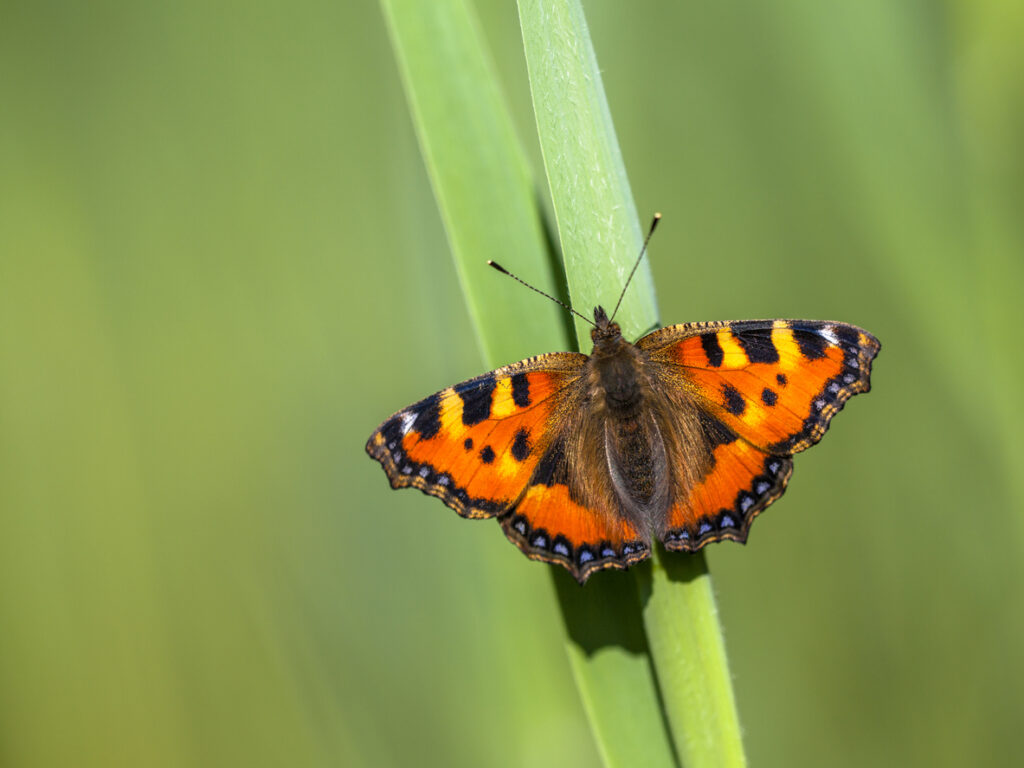
Monarch butterflies may look delicate, but don’t let their fluttery charm fool you, they’re endurance athletes in disguise. These tiny creatures, with wingspans of just 3 to 4 inches, somehow manage to migrate up to 3,000 miles from Canada to Mexico every year. That’s like a human running from New York to L.A. on foot… in sandals… while drinking nectar. Their secret weapon? An instinctive internal GPS system that guides them along ancestral flight paths like seasoned travelers with zero data roaming fees. Source: CBS News
They Use the Sun Like Google Maps
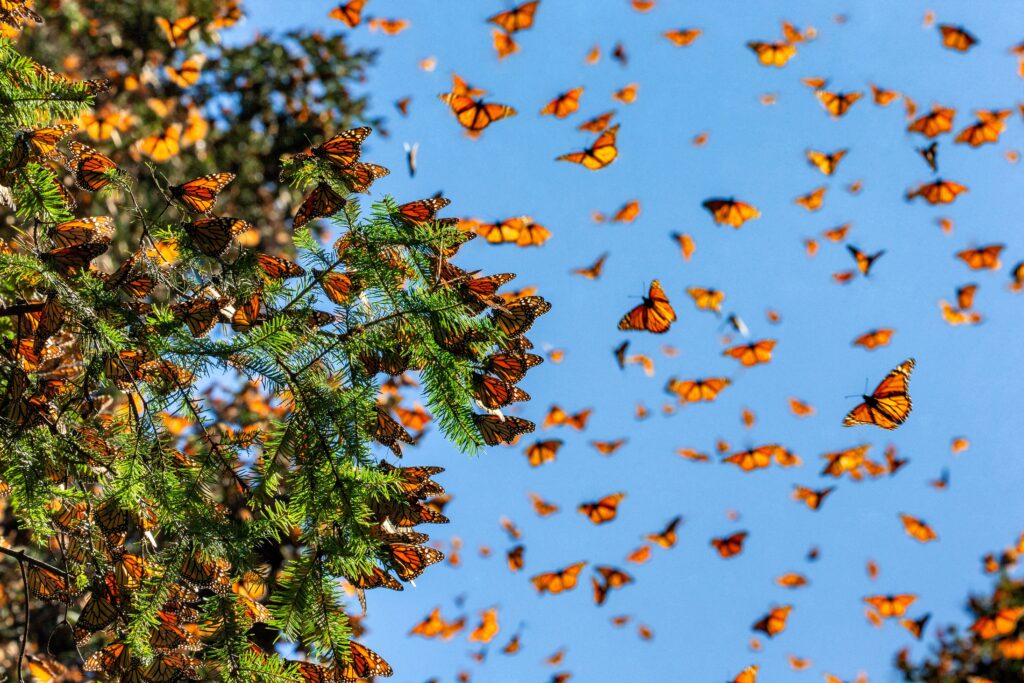
Butterflies don’t carry maps or smartwatches (obviously), but they do have a built-in solar compass. Monarchs navigate by keeping track of the sun’s position throughout the day, adjusting their direction as the earth rotates, talk about natural smarts. Scientists believe a special part of their antennae helps them stay on course, even when the skies get a little cloudy. It’s like having a backup GPS that never runs out of battery. And they do all this while weighing less than a paperclip. Source: Science Daily
It Takes Four Generations to Complete the Journey
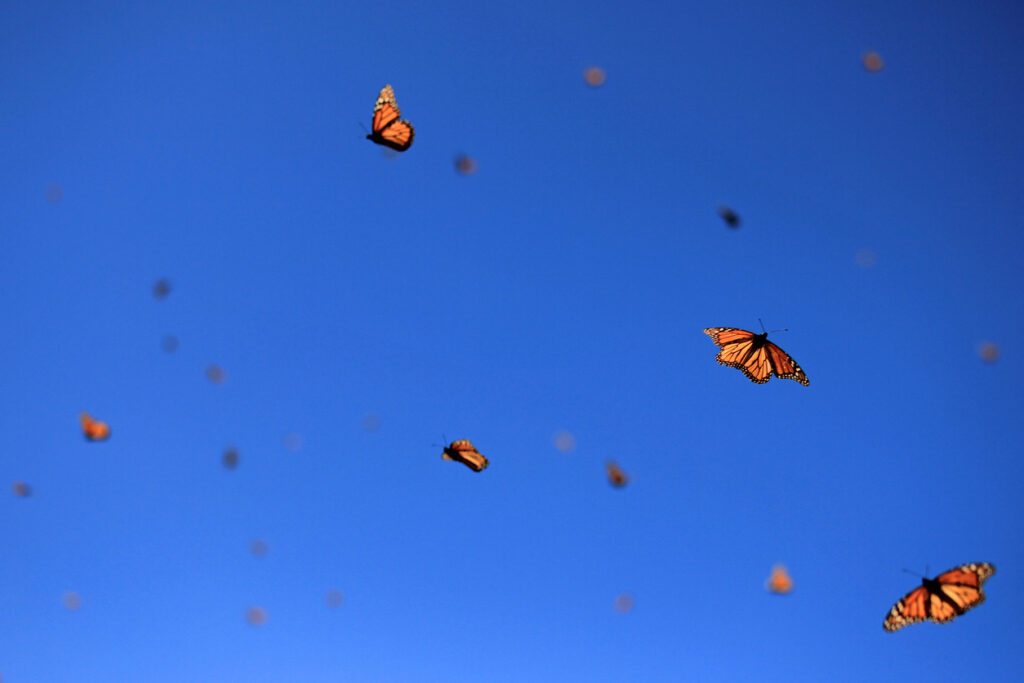
Here’s where it gets mind-blowing: no single monarch butterfly completes the entire round trip migration. It takes four generations of butterflies to complete the journey from Canada to Mexico and back again. Each generation plays its part, one lays eggs, the next continues the flight, another keeps the line going, and finally the “Methuselah generation” (yes, that’s really what they call it) lives up to eight months to fly thousands of miles south. It’s the ultimate tag-team road trip, butterfly edition. Grandma’s never looked so fierce.
They Fuel Up on Flowers (Not Frequent Flyer Miles)

To power their marathon migration, monarchs rely on nectar rich pit stops along their route, think of it as their version of roadside diners. Milkweed is their favorite brunch spot, but they’ll also sip from goldenrod, thistles, and any other floral buffet they find. Without these vital fuel stops, they’d crash faster than a phone with 1% battery. That’s why conservation effort are focused on planting butterfly friendly flowers, so they don’t run out of gas mid air. No gas station, no glory. Source: Environment America
The Trip South Is a Breeze—Coming Back Is the Catch
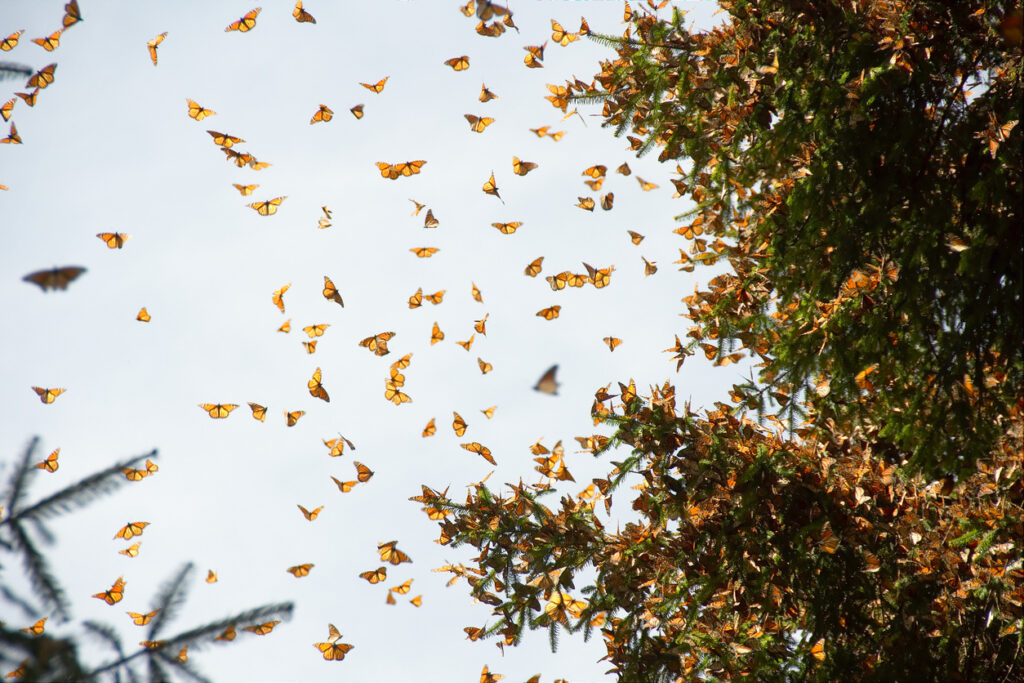
The journey south to Mexico is smoother sailing (er, fluttering) because of favorable wind patterns and cooler temps. But the return trip north is where things get dicey—stormy weather, dwindling food supplies, and changing landscapes make it a real survival test. And remember, the butterflies heading north have never been to Canada before; they’re born mid migration and are just going off vibes and instincts. Somehow, they still find their way to places their great, great grandparents visited. Monarchs: nature’s ultimate overachievers.
They Vacation in the Same Forest Every Year

When monarchs finally land in central Mexico, they head straight to the oyamel fir forests in the Sierra Madre mountains—same spot, every year. Scientists believe they use a combination of magnetic fields and environmental cues to find these exact groves, even though they have never been there before. It’s like being born in Brooklyn and waking up one day knowing exactly how to get to a cabin in the Rockies without GPS or a map. Once they arrive, millions of monarchs cluster together on trees, turning branches into fluttering orange clouds. It’s beautiful, magical… and surprisingly noisy, thanks to all those flapping wings.
Their Wings Are Built for Distance, Not Speed
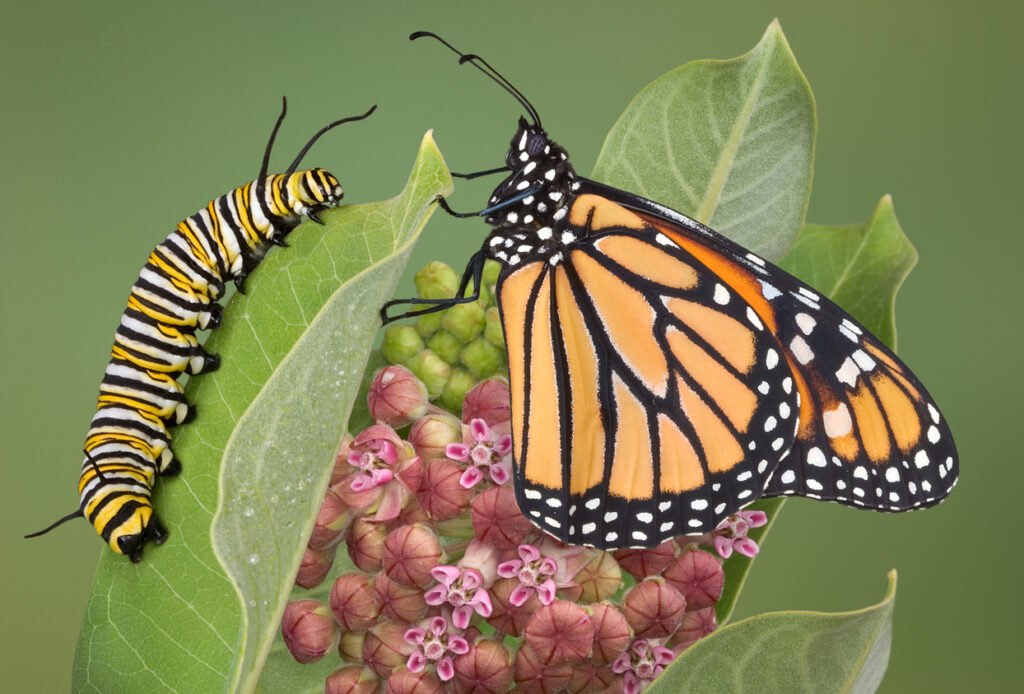
Monarchs aren’t the speedsters of the insect world, they flap about 5–12 times per second and fly at a leisurely pace of 5 to 30 miles per hour. But what they lack in speed, they make up for in stamina. Their wings are long and strong, perfect for gliding and riding warm air currents called thermals, which helps them conserve energy over long distances. It’s like coasting downhill on a bike, you’re still moving, but not working too hard. Efficiency is the name of the butterfly game.
Bad Weather Is a Total Buzzkill
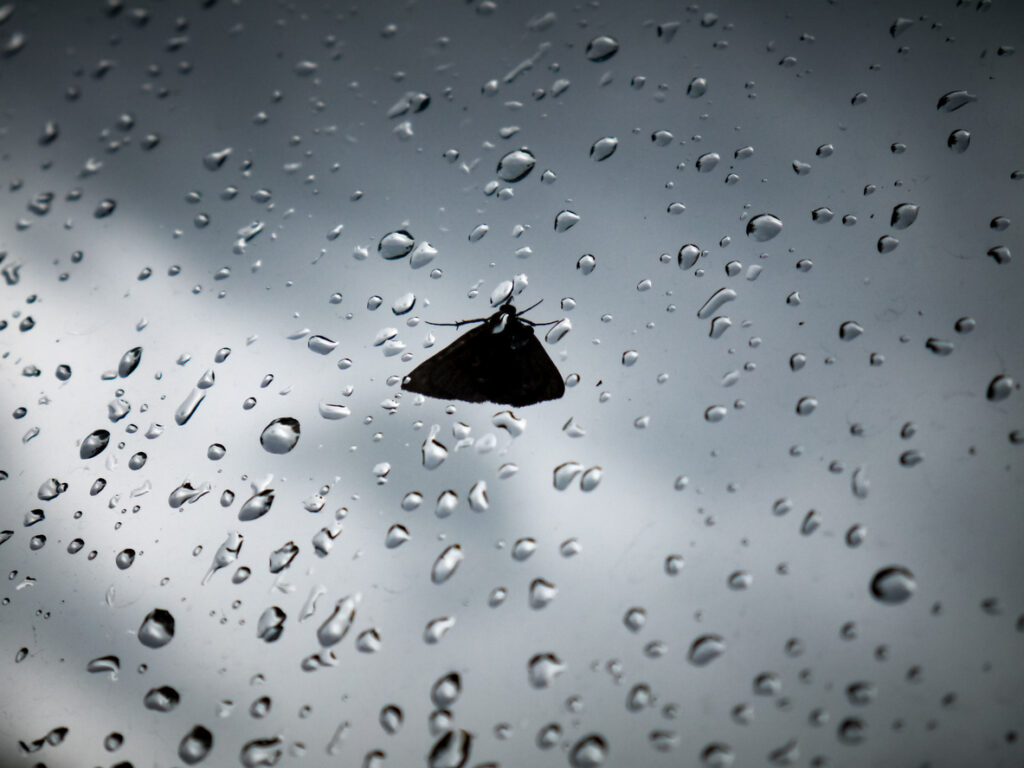
Butterflies may be pretty tough, but they’re not invincible, especially when it comes to freak weather. Cold snaps, droughts, hurricanes, and even heavy rainstorms can majorly mess with their migration patterns. If temperatures drop too low, they can become sluggish or even freeze. Sudden storms? They can be blown off course or worse. One nasty weather event can wipe out millions, which is why climate change is a serious threat to their epic journey.
They’re Basically Flying Solar Panels
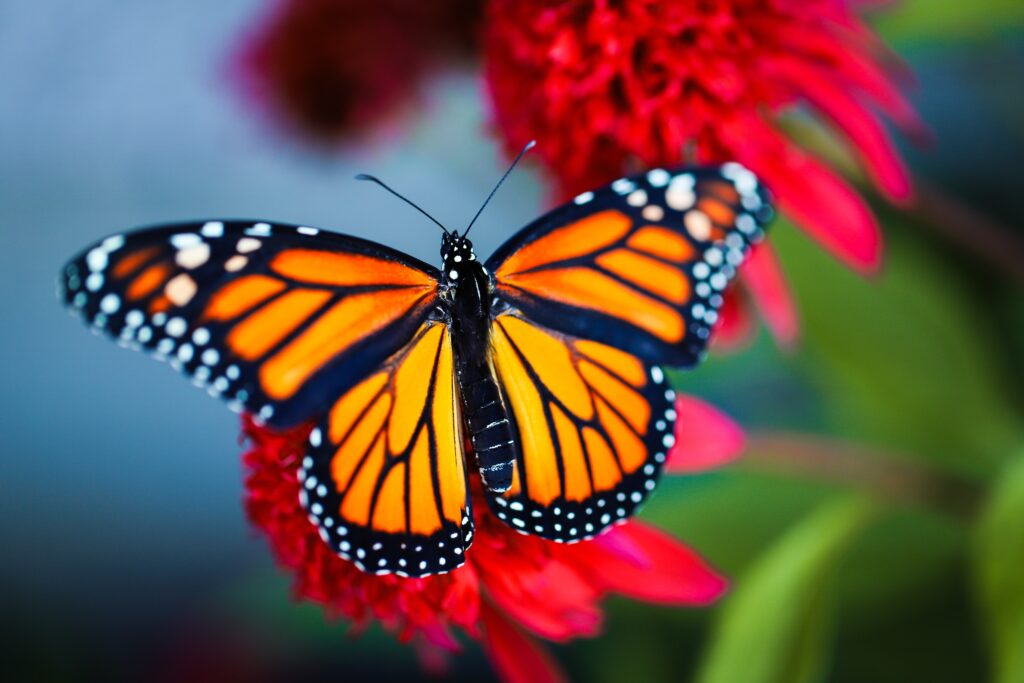
Monarchs are cold-blooded, so they need the sun to get moving, literally. If it’s too chilly, their muscles won’t work, and they can’t fly, which is why you’ll often see them sunbathing with their wings spread out. In the morning, they soak up warmth like tiny solar panels, charging themselves up for the next leg of the trip. On cloudy days, they may have to wait hours before taking off, sipping nectar and plotting their next move. It’s like needing three cups of coffee before you can start your Monday.
Humans Might Be the MVPs (or the Villains)
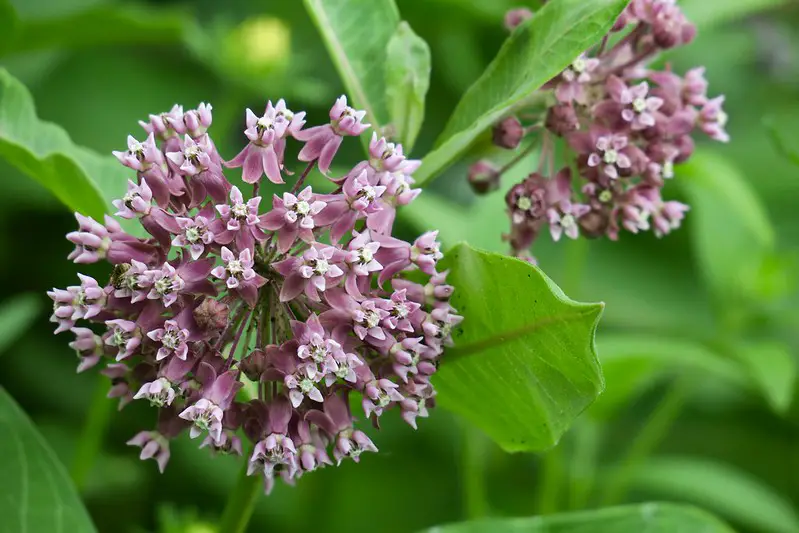
Let’s face it: butterflies would have a much easier time if humans weren’t constantly bulldozing milkweed fields, spraying pesticides, and disrupting their habitats. But the good news? We can also be their heroes. Planting native flowers, especially milkweed, helps give monarchs the rest stops they need to survive the trip. Supporting conservation programs and protecting their overwintering sites in Mexico also makes a big difference. Their journey may be incredible, but they could really use a few more friendly pit stops along the way.
If you like or found this story helpful, please give it a “thumbs-up”. If you would like to add something or reach the Editor, please add a comment. From all of us at Fetch, Thank you.


